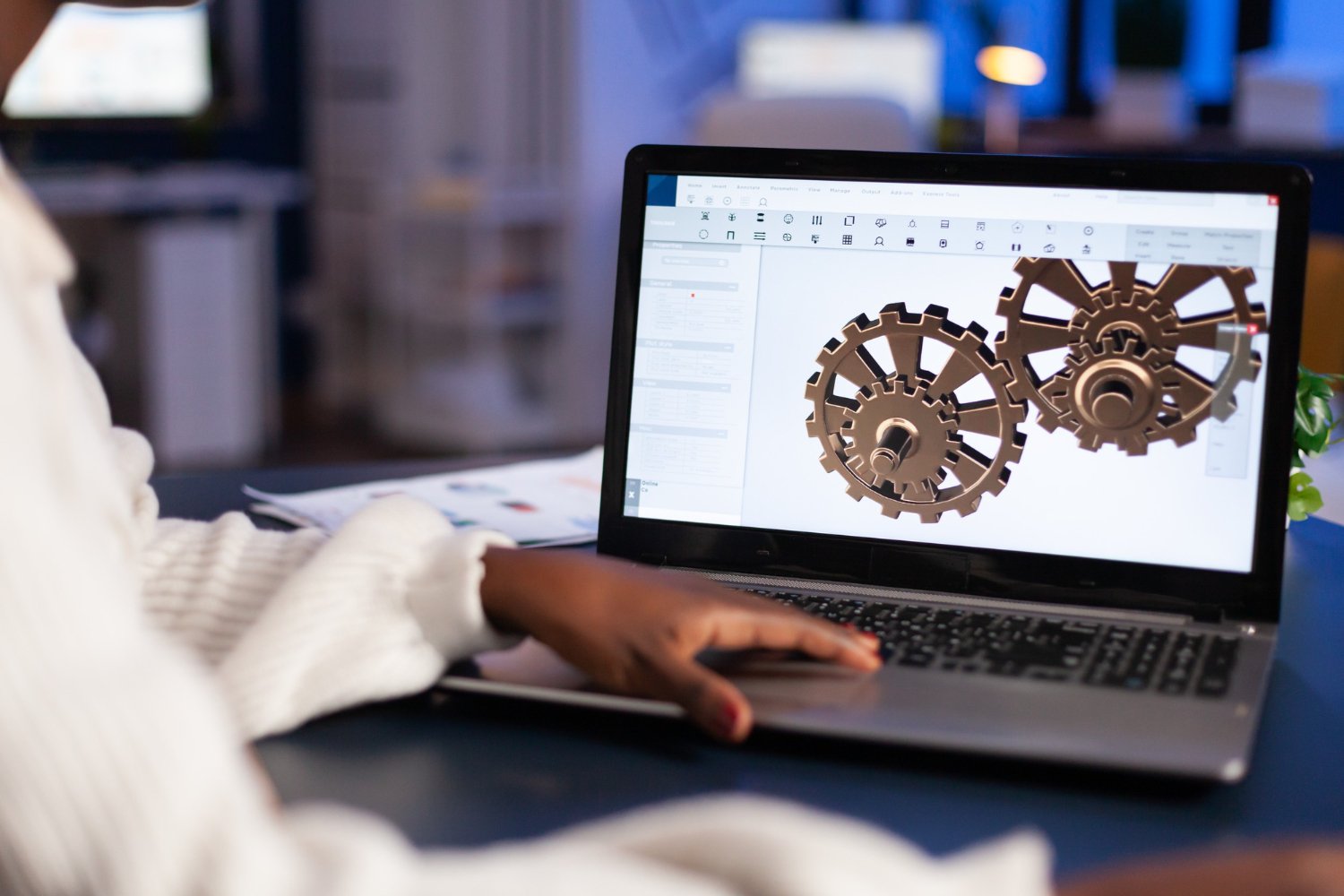
Things You Must Know About Design of Experiments (DOE) in Gear Manufacturing
When talking about intricate concepts like gear manufacturing, precision is one of the most important parameters. Each tooth, each curve, and each angle must align flawlessly to ensure optimal performance and longevity. This is where Design of Experiments (DOE) emerges as a game-changer. By systematically orchestrating experiments, DOE empowers engineers to fine-tune manufacturing processes, enhancing quality and efficiency.
Let’s try to understand through the following article, the application of DOE methodologies in the domain of gear manufacturing, unravelling its transformative impact.
Design of Experiments (DOE) serves as a statistical approach employed to assess the impact of various factors on a given outcome. Scientists meticulously structure experiments, altering one factor at a time while gauging its effects. This methodology proves invaluable across diverse domains such as manufacturing, engineering, and research, facilitating a deeper comprehension of intricate systems, process optimization, and informed decision-making.
In essence, DOE operates akin to a methodical exploration, akin to a quest for the ideal formula for success. It entails the strategic planning and execution of experiments to collect data on the diverse factors influencing the outcome of a targeted process or system. By judiciously manipulating and regulating these variables, researchers can decipher their roles in shaping the results. Consequently, this empowers manufacturers with the insights needed to enhance efficiency, mitigate variability, and elevate the overall quality of their outputs.
Picture it as a scientific voyage, where each experiment is a step towards uncovering the most effective methods and refining them for even greater efficacy.
Optimisation lies at the heart of DOE in gear manufacturing. Through carefully crafted experiments, engineers can identify the ideal combination of parameters that yield the desired outcomes. Whether it’s reducing noise, enhancing load-bearing capacity, or improving surface finish, DOE enables precise calibration of manufacturing processes to meet exacting standards.
Process Improvement Through Systematic Experimentation:
Gone are the days of haphazard adjustments and guesswork. DOE brings structure and rigour to the improvement process. Engineers can systematically explore the effects of different variables, eliminating guesswork and identifying the root causes of issues. This systematic approach not only accelerates problem-solving but also fosters continuous improvement, driving efficiency gains over time.
Quality is non-negotiable in gear manufacturing, where even minor deviations can lead to catastrophic failures. DOE acts as a guardian of quality, allowing engineers to proactively address potential issues before they escalate. By uncovering the optimal parameters for each manufacturing process, DOE minimizes variability, enhances consistency, and ensures that every gear meets the highest standards of precision and performance.
The real value of DOE in gear manufacturing shines through in its tangible impact. Consider a scenario where a gear manufacturer is grappling with excessive wear and tear in their final products. Through DOE, engineers systematically vary parameters such as lubrication, tooth profile, and surface treatment to pinpoint the optimal combination that extends the lifespan of gears. The result? Reduced maintenance costs, enhanced reliability, and increased customer satisfaction.
The integration of Design of Experiments (DOE) methodologies into gear manufacturing processes heralds a new era of precision, efficiency, and quality. Through meticulous optimization, engineers can pinpoint the perfect amalgamation of parameters that yield desired outcomes, whether it’s mitigating noise, bolstering load-bearing capacity, or refining surface finish. This calibrated approach not only enhances the performance of gears but also elevates the entire manufacturing process to meet exacting standards.
Furthermore, the systematic experimentation facilitated by DOE injects structure and rigour into the improvement process. No longer reliant on guesswork or haphazard adjustments, engineers can methodically dissect the effects of different variables, identifying root causes and accelerating problem-solving. This relentless pursuit of excellence fosters a culture of continuous improvement, driving efficiency gains and ensuring the longevity of gear manufacturing operations.
Crucially, DOE emerges as a stalwart guardian of quality in the realm of gear manufacturing. Recognizing that even minor deviations can lead to catastrophic failures, engineers leverage DOE to preemptively address potential issues. By uncovering the optimal parameters for each facet of the manufacturing process, DOE minimizes variability, enhances consistency, and upholds the highest standards of precision and performance across the board.
The real-world applications of DOE in gear manufacturing underscore its tangible impact. From reducing maintenance costs to enhancing reliability and increasing customer satisfaction, DOE proves instrumental in tackling real-world challenges head-on. Consider the scenario of a gear manufacturer grappling with excessive wear and tear in their final products. Through DOE-driven experimentation, engineers pinpoint the optimal combination of parameters, resulting in extended gear lifespan and tangible benefits for both manufacturers and end-users alike.
Therefore, the adoption of DOE in gear manufacturing transcends mere methodology; it embodies a paradigm shift towards precision, efficiency, and quality. By embracing DOE, gear manufacturers not only navigate the complexities of their craft with finesse, but also pave the way for innovation, reliability, and sustainable growth in an ever-evolving industry landscape.